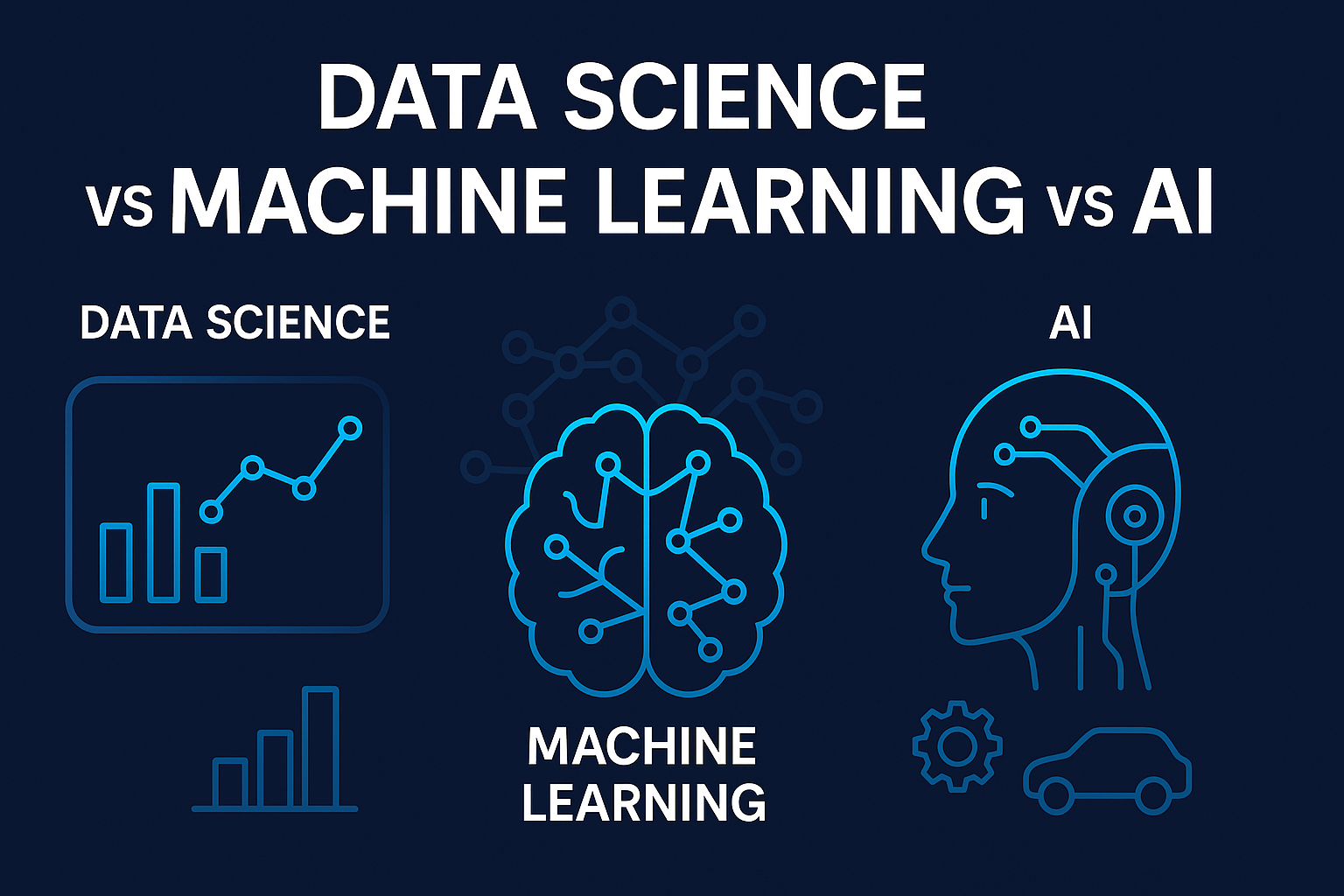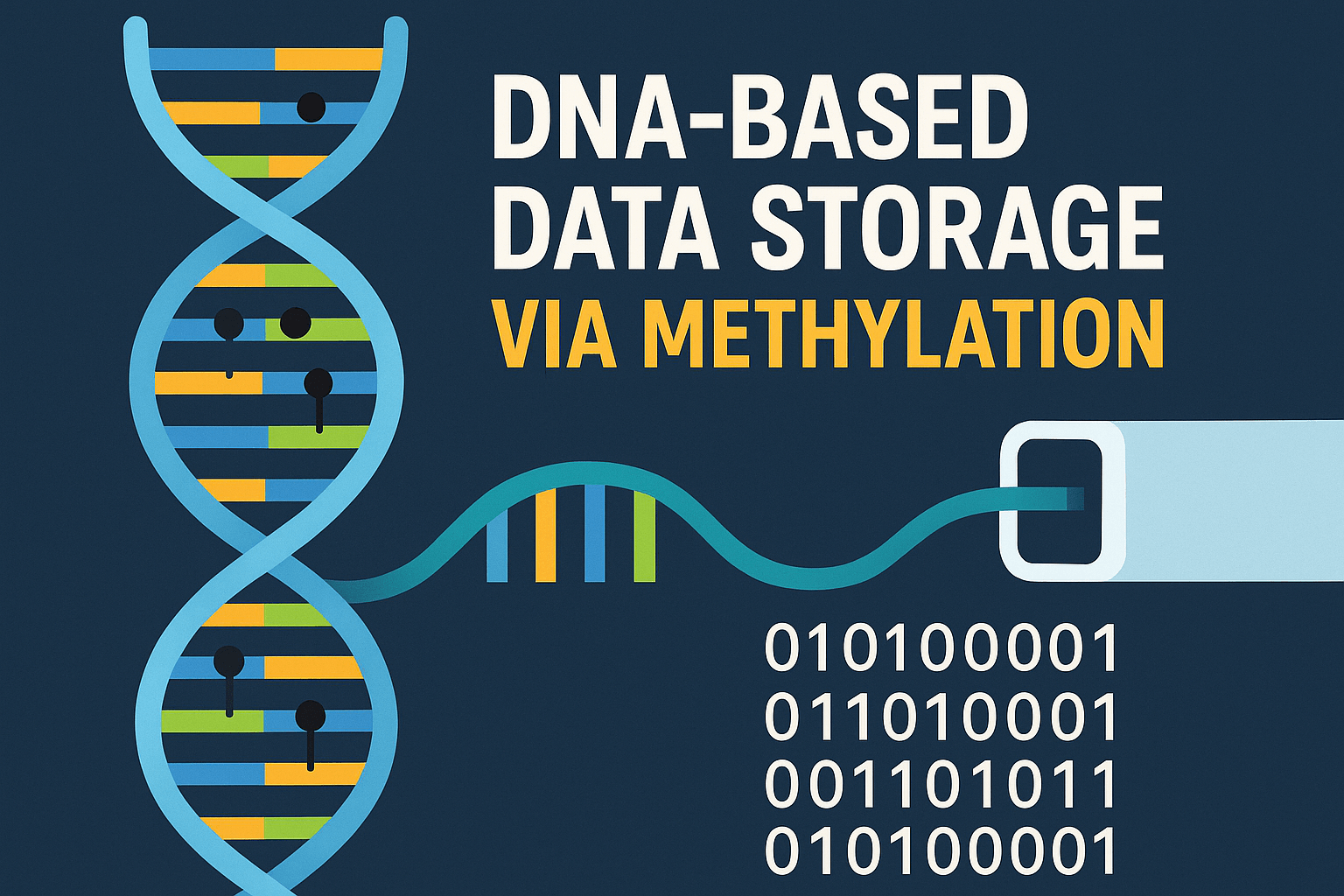Introduction
How to become a data scientist in 2025 is one of the most frequently asked questions among tech enthusiasts, students, and career switchers. As data continues to dominate decision-making across industries, data science has evolved into a highly rewarding and sought-after profession. Whether you’re just starting out or looking to make a transition, this article outlines the complete roadmap, essential skills, tools, and learning resources you need to succeed as a data scientist in 2025.
Who is a Data Scientist?
A data scientist is a professional who analyzes complex datasets to uncover patterns, generate insights, and help companies make data-driven decisions. The role combines expertise in statistics, programming, machine learning, and domain knowledge.
Data scientists often work on:
- Forecasting trends
- Building predictive models
- Analyzing customer behavior
- Optimizing processes through data
Why Choose Data Science as a Career in 2025?
- High Salaries: Average salary of a data scientist in the US exceeds $125,000/year.
- Career Growth: Demand for data science roles is growing 30% faster than average.
- Diverse Industries: Opportunities in finance, healthcare, retail, tech, and more.
- Challenging Work: Solve real-world problems with advanced analytics and AI.
Step-by-Step Roadmap to Become a Data Scientist in 2025
1. Start with the Fundamentals
Before diving into tools and coding, you must build a strong foundation in:
- Mathematics & Statistics
-
- Probability and distributions
- Hypothesis testing
- Linear algebra
- Calculus (for machine learning)
- Programming
-
- Start with Python or R (Python is more widely used)
- Learn basic syntax, data types, loops, and functions
- Resources:
2. Master Data Manipulation and Analysis
Data scientists spend over 70% of their time cleaning and preparing data. Learn how to handle real-world messy datasets.
- Learn:
-
- Data wrangling using Pandas
- Data visualization using Matplotlib, Seaborn
- Working with NumPy arrays
- Tools:
-
- Jupyter Notebooks
- Google Colab (cloud-based and free)
3. Understand Databases and SQL
SQL is essential for accessing and querying data stored in databases.
- Learn:
-
- SELECT, JOIN, GROUP BY, HAVING, ORDER BY
- Subqueries and window functions
- Basics of relational databases
- Resources:
4. Learn Machine Learning
Once you’re confident with data analysis, move on to machine learning.
- Learn:
-
- Supervised Learning (Linear Regression, Classification)
- Unsupervised Learning (Clustering, PCA)
- Model Evaluation (Accuracy, Precision, Recall, ROC-AUC)
- Popular ML Libraries:
-
- Scikit-learn
- XGBoost
- TensorFlow or PyTorch (for deep learning)
- Resources:
5. Develop Business and Domain Knowledge
Data Science isn’t just technical—understanding the business context is vital.
- Learn:
-
- How to translate business problems into data problems
- Industry-specific KPIs (e.g., churn in telecom, conversion rate in e-commerce)
- Data storytelling for decision-makers
- Tools for Visualization:
-
- Tableau
- Power BI
- Google Data Studio
6. Work on Real Projects and Build a Portfolio
Hands-on experience is what will set you apart from the crowd.
- Project Ideas:
-
- Sales forecasting using time series
- Customer segmentation with clustering
- Sentiment analysis on Twitter data
- Predicting loan defaults using classification models
- Platforms to Build & Showcase:
7. Get Certified (Optional but Helpful)
While not mandatory, certifications can strengthen your credibility.
Recommended Certifications:
- Google Data Analytics Certificate
- IBM Data Science Professional Certificate (Coursera)
- Microsoft Certified: Azure Data Scientist Associate
- DataCamp Certifications
These are particularly useful for entry-level professionals switching careers.
8. Prepare for Job Interviews
- Job interviews typically test:
-
- SQL skills
- Python or R knowledge
- Data analysis case studies
- Machine learning algorithms
- Business problem solving
- Practice Sites:
-
- StrataScratch (real interview datasets)
- LeetCode (SQL & Python)
- Interview Query
Top Tools and Technologies in 2025
| Category | Tools / Technologies |
|---|---|
| Programming | Python, R |
| Data Analysis | Pandas, NumPy, Matplotlib, Seaborn |
| ML Libraries | Scikit-learn, TensorFlow, PyTorch, XGBoost |
| Databases | SQL, PostgreSQL, MySQL |
| Visualization | Tableau, Power BI, Plotly |
| Cloud Platforms | Google Cloud, AWS, Microsoft Azure |
Data Science vs Machine Learning vs AI: Key Differences Explained
Best Learning Resources in 2025
| Platform | Course/Track |
|---|---|
| Coursera | IBM Data Science, Deep Learning Specialization |
| Udemy | Complete Data Science Bootcamp |
| edX | HarvardX: Data Science Professional Certificate |
| DataCamp | Python, R, SQL, Machine Learning Tracks |
| YouTube | Krish Naik, StatQuest, Data School |
| Books | “Hands-On ML with Scikit-Learn” by Aurélien Géron |
7 Transformative Data Science Applications Across Key Industries
How Long Does It Take to Become a Data Scientist?
It depends on your background. A motivated learner can:
- Get job-ready in 6–12 months (with consistent effort)
- Become proficient in 1–2 years with hands-on experience
Career Opportunities in 2025
| Job Role | Average Salary (USA) |
|---|---|
| Data Scientist | $125,000+ |
| Data Analyst | $75,000+ |
| ML Engineer | $130,000+ |
| Business Intelligence Analyst | $85,000+ |
| AI Engineer | $145,000+ |
Final Tips
- Stay updated with tech trends via blogs (KDnuggets, Towards Data Science)
- Contribute to open-source projects
- Join communities like Reddit’s r/datascience and LinkedIn groups
- Don’t just learn—apply consistently












